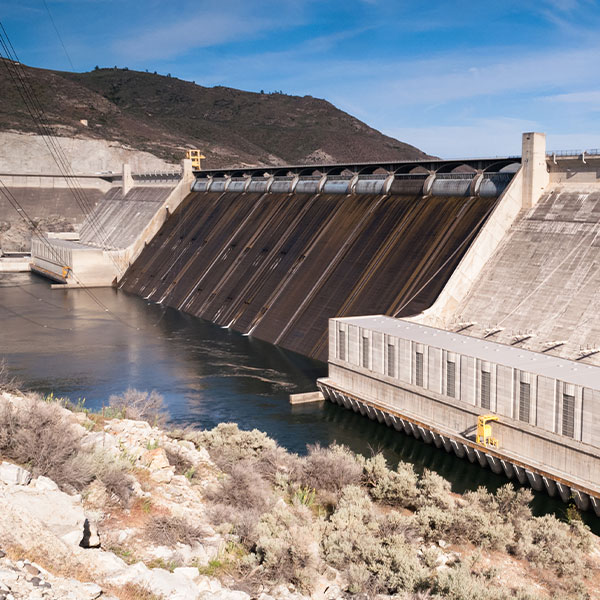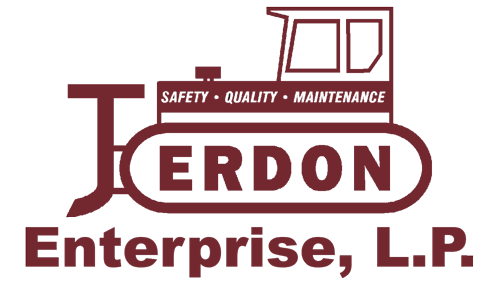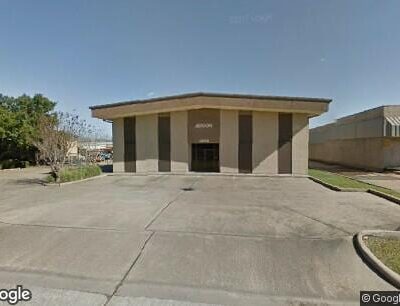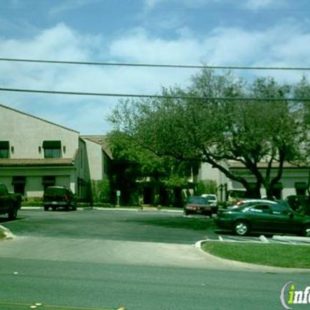Dams are structural barriers built to obstruct or control the flow of water into rivers and streams. By controlling water, we are able to create lakes for recreational and municipal use. However, if these impressive structures are not constructed carefully and successfully maintained, the dam could experience catastrophic failure.
Exceeded Capacity
Dam failure can be caused by floods that exceed capacity. Engineers analyze water levels and consider approaching storms to determine whether water should be released. If heavy rainfall or other forces cause a reservoir to reach capacity, the dam is susceptible to damage.
Sabotage
Although uncommon, unhappy individuals can choose to intentionally harm a dam. Before constructing a dam to control water flow, builders should consider the opinions of those up and down stream. It is important to have support from these individuals because it affects their livelihood.
Material Failure
Most dams fail because of human error. Knowing this, civil engineers can analyze historical dam failures and implement new technology to increase safety. In dam construction, we create numerous barriers to keep dams from failing. A dam must overcome each of these barriers to become unstable.
 Foundation Movement and Erosion
Foundation Movement and Erosion
Foundation settling and natural erosion affect a dam’s structure. Officials must regularly inspect the structure to ensure the safety of those downstream. Remaining proactive lessens the possibility of human error and keeps the dam structurally sound.
Inadequate maintenance
Dams must receive regular maintenance to avoid failure. In 1976, the Teton Dam reservoir failed after individuals failed to investigate and account for defects in the foundation the dam was built on. If officials regularly inspected the facility and its structure, they may have been able to avoid the catastrophe that killed 11 people and destroyed over 8,000 structures.
Jerdon Enterprises specializes in municipal dam structures. For more information, contact our civil engineering experts.




